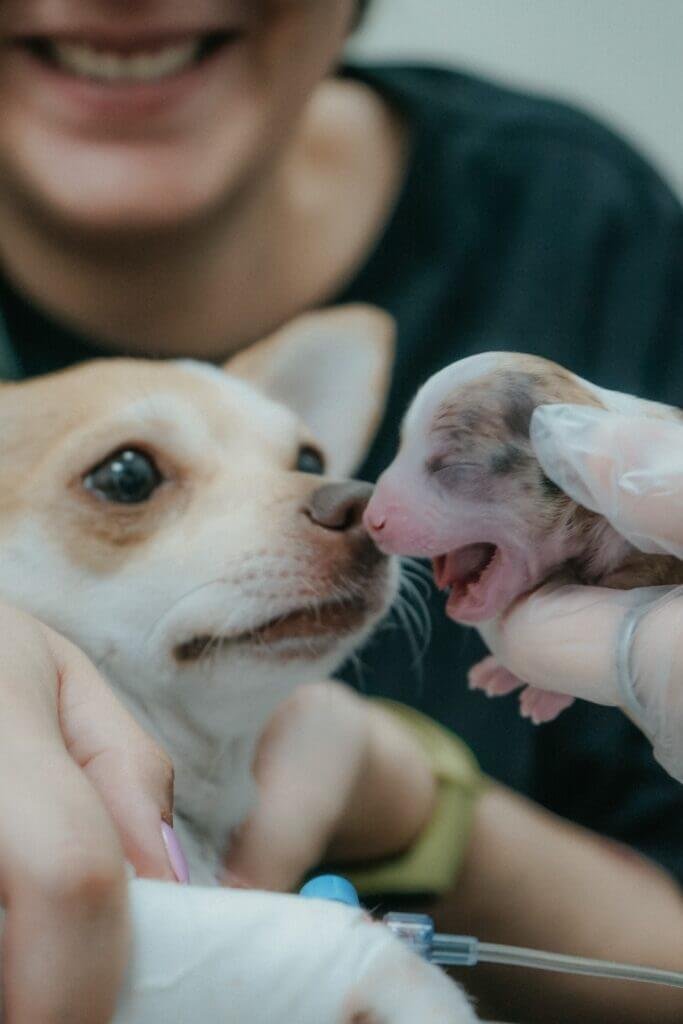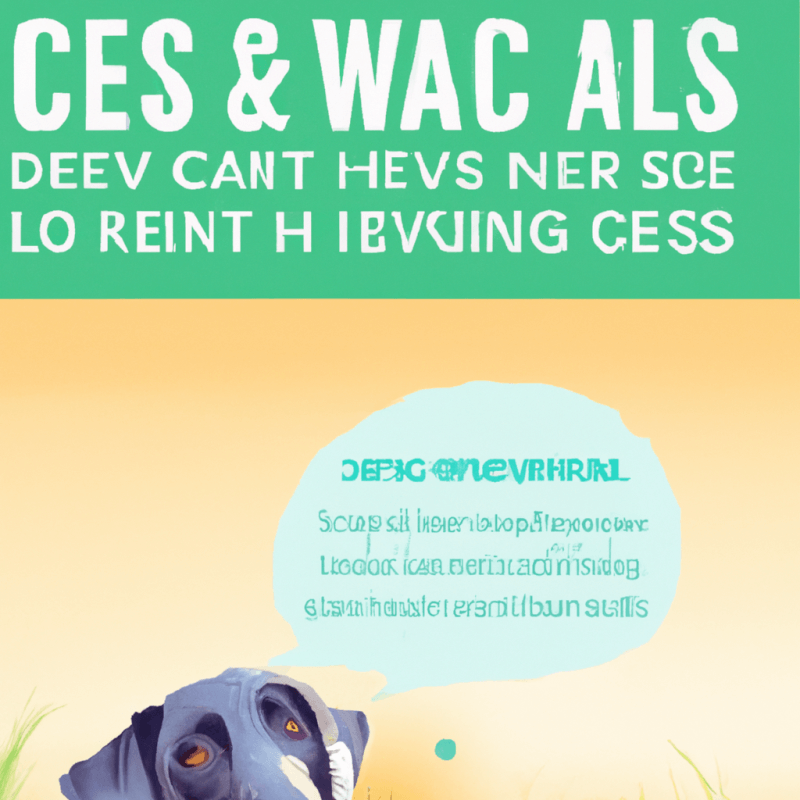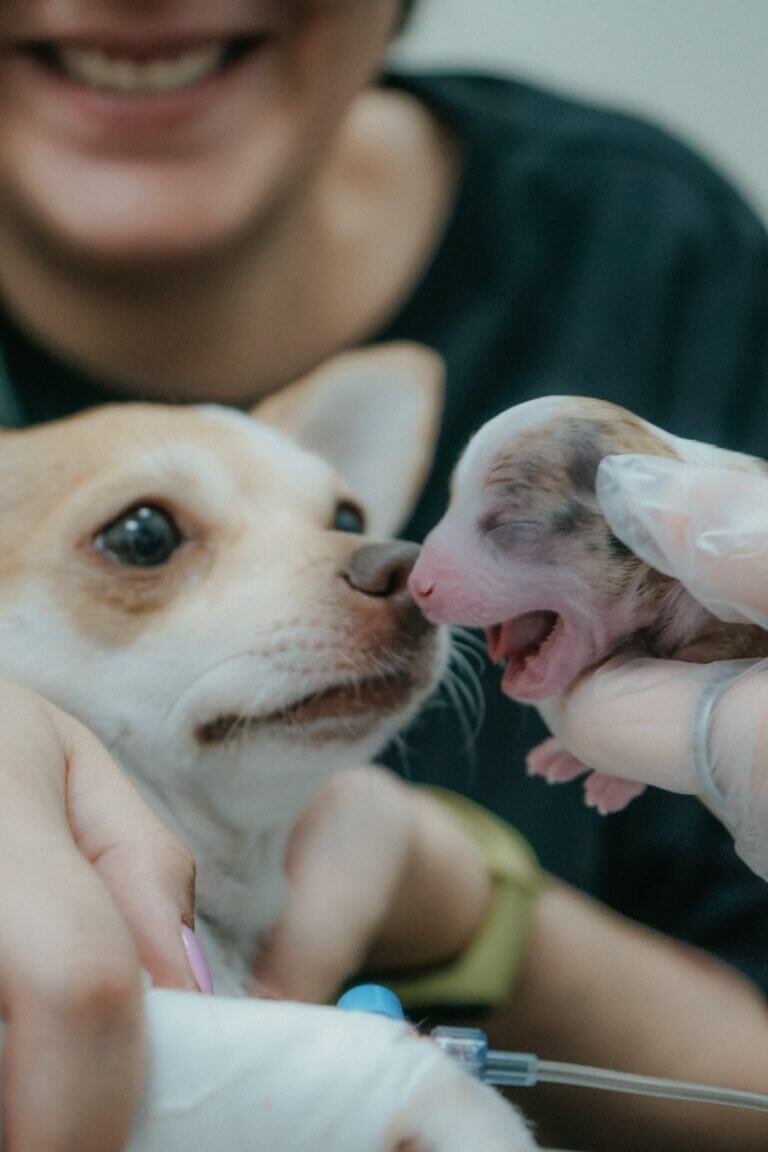Have you ever found yourself perplexed about how to administer medication to your beloved pet? Whether it’s a pill, liquid, or injection, the thought of giving medication to an animal can be daunting. But fear not! In this article, we will provide you with simple and effective tips to ease the process and ensure that your furry friend stays healthy and happy. From tricks to disguise the medication to helpful techniques for cooperative pets, we’ve got you covered. So, let’s embark on this journey to learn all about administering medication to your pet.

Understanding Your Pet’s Medication
Administering medication to your pet can be a daunting task, but understanding the process and being properly prepared can make it much easier. Consulting your veterinarian is the first step in ensuring the safe and effective administration of medication to your furry friend. Your veterinarian will be able to prescribe the appropriate medication for your pet’s specific condition and provide you with detailed instructions on how to administer it correctly.
Ready for Cat Trivia?
Test your knowledge about cats!

Consulting Your Veterinarian
Before administering any medication to your pet, it is important to consult with your veterinarian. They will have a thorough understanding of your pet’s medical history and be able to prescribe the most appropriate treatment for their specific condition. Your veterinarian will also be able to provide you with detailed instructions on how to administer the medication, including the correct dosage, frequency, and any special considerations.
Reading the Medication Label
Once you have obtained the prescribed medication for your pet, it is crucial to carefully read and understand the medication label. The label will provide important information such as the name of the medication, its purpose, dosage instructions, and any potential side effects to watch out for. Take note of any warnings or precautions mentioned on the label, and if you have any doubts or questions, be sure to consult your veterinarian for clarification.
Understanding Dosage Instructions
Dosage instructions play a vital role in ensuring your pet receives the correct amount of medication. It is crucial to follow these instructions precisely to ensure the effectiveness and safety of the treatment. Pay attention to factors such as the frequency of administration (e.g., once a day, every 12 hours), whether the medication should be given with food, and any specific instructions regarding storage or handling.
Different Forms of Medication
Medications for pets come in various forms, including oral, topical, and injectable. Each form has its own administration techniques and considerations. Understanding these different forms will help you administer the medication to your pet more effectively.
Oral Medication
Oral medication is one of the most common forms administered to pets. It typically comes in the form of pills or tablets. To administer oral medication, you can use a pill dispenser specifically designed for pets or hide the medication in your pet’s favorite treat or food. It’s important to ensure that your pet swallows the medication properly and doesn’t spit it out.
Topical Medication
Topical medication is applied directly to the skin, typically in the form of ointments or creams. It is important to choose the right spot for application and follow the instructions provided by your veterinarian. Be cautious when applying medication near sensitive areas such as the eyes or ears, as special care may be required.
Injectable Medication
Injectable medication is administered via a needle and syringe. This form of medication should only be administered by a professional or under the guidance of a veterinarian. The three main types of injections are subcutaneous (under the skin), intramuscular (into the muscle), and intravenous (into the vein). It is crucial to follow the veterinarian’s instructions and ensure proper technique to prevent injury or infection.
Preparing for Medication Administration
Before administering any medication to your pet, proper preparation is key. Ensuring you have all the necessary supplies, creating a calm environment, and safely restraining your pet are essential steps in making the process as smooth as possible.
Gathering the Necessary Supplies
Before starting the medication administration process, gather all the necessary supplies. This may include the medication itself, any applicators or syringes required, treats or food for encouragement, and any protective gear or gloves if needed. Having everything ready beforehand will help reduce stress for both you and your pet.

Ensuring a Calm Environment
Creating a calm and quiet environment is essential for successful medication administration. Find a comfortable and quiet space where your pet feels secure. Turn off any distractions such as loud music or TV, and remove any other pets or distractions from the area. The more relaxed the environment, the easier it will be to administer the medication.
Restraining Your Pet Safely
Restraint is often necessary to ensure the safety of both you and your pet during medication administration. Different pets may require different methods of restraint. For smaller pets, you may be able to gently hold them in your lap or secure them with one hand while administering the medication with the other. For larger animals, you may need the help of a second person or use specialized restraints such as harnesses or towels. It is important to use gentle but secure restraint techniques to avoid causing distress or injury to your pet.
Administering Oral Medication
Administering oral medication can be challenging, but with the right techniques, it can be done smoothly and safely.
Pills and Tablets
For administering pills or tablets, a pill dispenser or a pill pocket can be valuable tools. Simply place the pill or tablet inside the dispenser, position it at the back of your pet’s throat, and gently push the plunger to release the medication. Alternatively, you can hide the medication in your pet’s favorite treat or food, making sure they consume it entirely.
Liquid Medication
Liquid medication is often more palatable to pets and can be mixed with their food or a small amount of flavorful liquid. To ensure accurate dosage, use a syringe or dropper to measure the correct amount of medication. Gently place the syringe or dropper into your pet’s mouth, aiming for the space between the cheek and gum, and slowly release the medication.

Crushing Medication
In some cases, medications may need to be crushed before administration. Use a pill crusher or mortar and pestle to crush the medication into a fine powder. You can then mix it with a small amount of food or liquid to mask the taste. However, it is essential to check with your veterinarian or pharmacist before crushing any medication, as some medications should not be crushed due to their specific formulation or release mechanism.
Applying Topical Medication
Topical medication requires careful application to ensure its effectiveness. Depending on the specific medication and instructions, the application process may vary.
Choosing the Right Spot
When applying topical medication, it is crucial to choose the right spot on your pet’s body. The instructions provided by your veterinarian will specify the appropriate location. It is important to part the fur or feathers to expose the skin and apply the medication directly to it. Be gentle and avoid rubbing or applying excessive pressure, as this may cause discomfort to your pet.
Properly Administering in Ears or Eyes
When applying medication to the ears or eyes, special care is needed. Use a clean cotton ball or pad to apply the medication to the affected area. Be gentle and cautious, avoiding contact with the eyeball itself. If needed, you can use your fingers to hold the eyelids open or gently lift the ear flap to ensure proper application.
Following Application Instructions
Different topical medications may have specific application instructions. Some may require rubbing the medication in, while others may need to be left on without further manipulation. Read the instructions carefully and follow them precisely to ensure the medication is applied correctly and effectively.

Injecting Medication
Injecting medication should only be done under the guidance of a veterinarian or a trained professional. However, understanding the different types of injections can help you better understand the process.
Subcutaneous Injections
Subcutaneous injections are administered just beneath the skin. These injections are commonly used for medications such as vaccines or fluids. The loose skin around the back of the neck or the scruff of the neck is usually the preferred site for subcutaneous injections. Your veterinarian will guide you on the proper technique, ensuring the needle is inserted at the correct angle and depth for a safe and effective injection.
Intramuscular Injections
Intramuscular injections are administered directly into the muscle tissue. These injections are often used for medications that need to be absorbed more quickly or require a larger volume. The thigh muscles or the muscles along the back are common sites for intramuscular injections. Careful technique, including proper needle insertion and aspiration, is essential to ensure accurate delivery of the medication.
Intravenous Injections
Intravenous injections are the most complex and should only be performed by a veterinarian or trained professional. These injections are administered directly into a vein and require a high level of skill and knowledge to perform safely. Intravenous injections are often used for rapid medication delivery or in emergency situations where immediate action is necessary.
Handling Difficult Pets
Dealing with difficult pets during medication administration can be challenging. However, there are several strategies you can try to encourage compliance and make the process easier for both you and your pet.

Using Treats or Food to Encourage Compliance
Many pets can be motivated by treats or food, making them more willing to cooperate during medication administration. Offer a small, tasty treat before and after giving the medication to create a positive association. You can also try hiding the medication in a treat specifically designed for medication administration, making it more appealing to your pet.
Wrapping in a Towel for Restraint
If your pet becomes anxious or resistant during medication administration, gently restraining them with a towel can help keep them still and make the process safer for everyone involved. Wrap your pet snugly in a towel, ensuring their head is free, and carefully administer the medication as instructed.
Seeking Professional Assistance
If your pet consistently exhibits aggressive or fearful behavior during medication administration, it is important to prioritize their safety and seek professional assistance. A veterinary behaviorist or experienced trainer can provide guidance and implement techniques to help manage your pet’s anxiety or aggression, making the medication administration process less stressful for both of you.
Keeping Track of Medication
Keeping track of your pet’s medication is crucial for their health and well-being. Establishing a medication schedule, setting reminders, and recording dosages and observations can help ensure the proper administration of medication.
Creating a Medication Schedule
Creating a medication schedule is essential for staying organized and ensuring that your pet receives their medications on time. Note down the name of the medication, the dosage, and the frequency of administration. Incorporate the schedule into your daily routine to help maintain consistency.
Using Reminders or Alarms
To help you remember when to administer medication, set reminders or alarms on your phone or use a dedicated medication reminder app. These reminders can be programmed to repeat daily or at specific intervals, ensuring you never miss a dose. Additionally, some medication reminder apps allow you to track your pet’s medication history and share it with your veterinarian if needed.
Recording Dosage and Observations
Keeping a record of each medication administration is beneficial for monitoring your pet’s progress and communicating any changes to your veterinarian. Record the date, time, and dosage of each medication administration, as well as any observations or side effects you notice. This information can help your veterinarian make adjustments to the treatment if necessary.
Dealing with Medication Side Effects
It is important to be aware of potential side effects that may occur while administering medication to your pet. Recognizing these side effects, contacting your veterinarian promptly, and adjusting the medication if needed are crucial steps in ensuring your pet’s well-being.
Recognizing Common Side Effects
Different medications may have different side effects. These can range from mild to severe and may include gastrointestinal upset, lethargy, changes in appetite or behavior, or allergic reactions. Be vigilant for any signs of discomfort or abnormalities in your pet’s behavior, and contact your veterinarian if you suspect any medication-related side effects.
Contacting Your Veterinarian
If you observe any concerning side effects or have any questions or doubts regarding the medication, it is important to contact your veterinarian promptly. They will be able to provide guidance, reassurance, or recommend adjustments to the medication if necessary. Do not hesitate to reach out to them, as they are always there to support you and your pet.
Adjusting Medication as Needed
In some cases, medications may need to be adjusted to achieve the desired effect or minimize side effects. However, it is essential to consult with your veterinarian before making any changes to your pet’s medication. They will assess your pet’s condition, review their response to the medication, and recommend any necessary adjustments or alternative treatments.
Medication Safety Tips
Ensuring the safety of your pet’s medication is essential for their well-being. Following these medication safety tips will help keep your pet safe and prevent any accidental ingestion or harm.
Storing Medication Properly
Proper storage of medication is crucial to maintain its effectiveness and prevent accidental ingestion. Store medications in a cool, dry place away from direct sunlight. Some medications may require refrigeration, so be sure to follow the storage instructions provided by your veterinarian. Keep medications in their original containers, securely closed, and out of reach of children and pets.
Keeping Medication out of Reach
Pets are curious creatures, and medication may pique their interest. To prevent accidental ingestion, store medication in secure cabinets or areas that are inaccessible to your pet. Be cautious when handling medication, ensuring you do not drop any pills or tablets while administering them.
Disposing of Medication Safely
Proper disposal of expired or unused medication is essential to prevent accidental ingestion and protect the environment. Consult with your veterinarian or local pharmacy for guidance on how to safely dispose of medication. Do not flush medication down the toilet or throw it in the trash unless specifically instructed to do so.
Administering medication to your pet may feel overwhelming at first, but with the right knowledge and techniques, it can become a routine part of their healthcare. Remember to consult your veterinarian, read medication labels carefully, and follow the recommended dosage instructions. By understanding different forms of medication, preparing meticulously, and administering the medication using appropriate techniques, you can ensure the well-being and health of your beloved pet. Keep track of their medication schedule, be aware of potential side effects, and prioritize medication safety to further enhance their healthcare journey.


